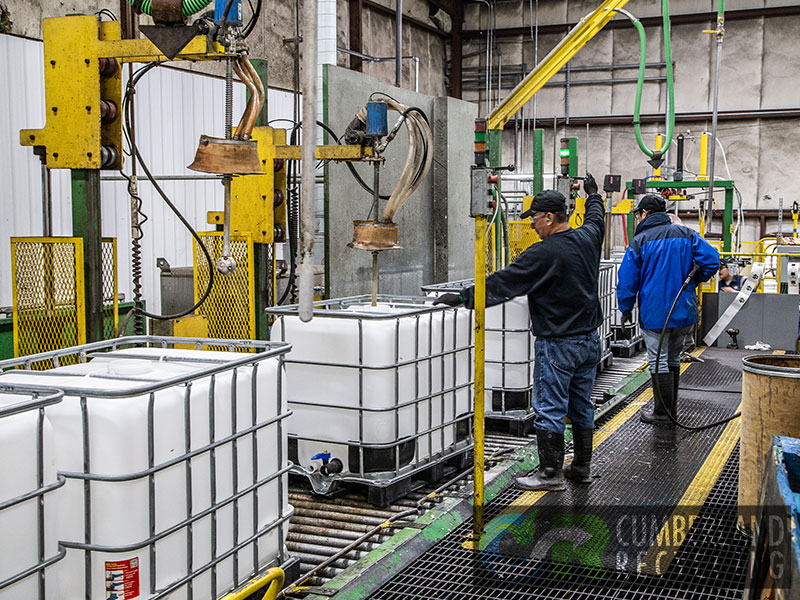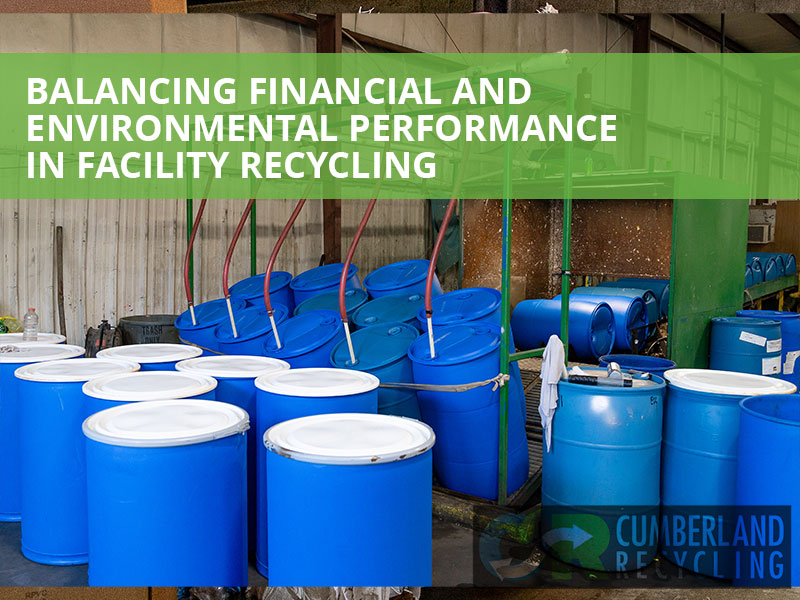Happy new year to all our readers, recyclers, and those yet to become active in recycling. There’s never been a better time to begin exploring the financial, business, and environmental benefits of landfill diversion and beneficial byproduct reuse in facility recycling. No question that times are challenging. Interest rates are rising, and many commonly recycled products like cardboard, plastics, and metals have seen a negative trend over the last six to seven months. In December, we saw a slight increase in the value of some of these commodities.
A New Case For Facility Recycling
I make a case for exploring recycling now since recycling, like all commodities, e.g., corn, pork bellies, or oil, all rise, fall, and rise again. I have watched recycling markets since the 1990s, and we have been here before. You will want to be positioned to enjoy the return of the recycling markets as they rebound.
For better or worse, recycling in the US depends on each company’s unique approach to how recycling is valued. Many see recycling in only transactional terms, i.e., is there an ROI to be had? Others take a more strategic perspective. They look at marketing, brand image, risk management, etc. Many European and Asian countries mandate recycling. But unless you’re located in a state that requires recycling, you will have to balance the environmental considerations with the financial ones.

Environment & Financial Considerations
First, keep it straightforward and approximate in the initial stages. Don’t over-complicate it.
Second, look at the regulations. What do federal, state, and local rules require to be recycled or diverted from landfill? (Stay vigilant as these can and do frequently change.)
Consider the following steps:
- Conduct an informal analysis to understand your facility’s waste and byproducts better.
- Rank each by weight or volume as a percentage of the total waste.
- Identify the top three waste stream components.
- Calculate the approximate cost for disposal of each.
- Search for processors and brokers who deal in these recyclables.
- Request a quote and compare the cost of recycling versus landfill.
- Present findings and get stakeholder buy-in.
Once you’ve determined your top three potential recycle streams, search engines are a good start. But remember that local and state chambers of commerce and professional associations may also be good sources. Increasingly state environmental protection departments have personnel dedicated to sustainability, waste diversion, and recycling.
Contact Cumberland Recycling
Let us know how your efforts are going and how we can help by email or giving us a call!

